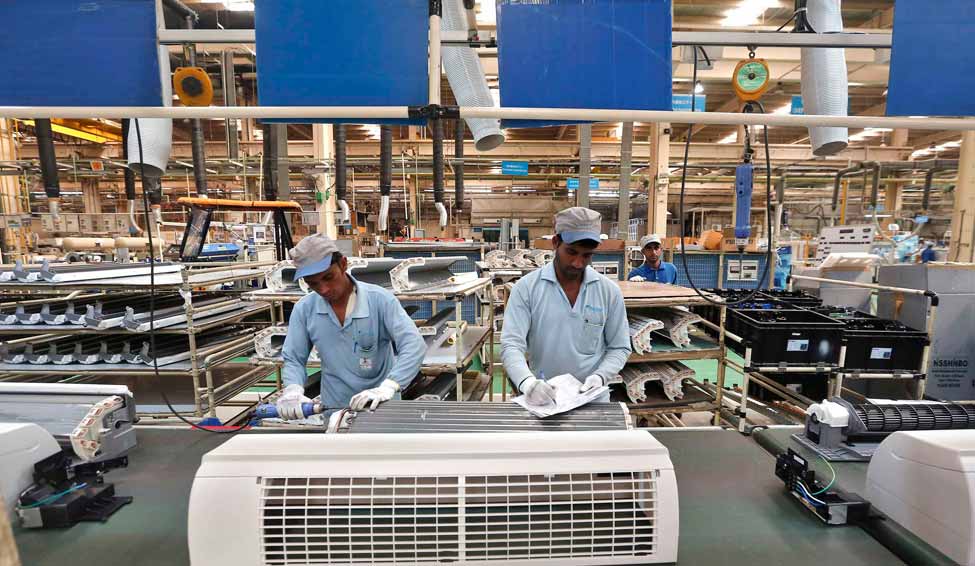India has ascended to 39th rank from last year's 55th on the Global Competitiveness Index (GCI). Among 138 nations, India recorded the highest growth by jumping 16 places on the index released by the World Economic Forum (WEF).
The WEF report credits India's overall performance, and particularly higher end skills like good market efficiency, business sophistication and innovation.
WEF uses reliable publicly accessible data from organisations like the World Bank, and the IMF to prepare the yearly index. The grade is calculated on the basis of a dozen factors that determine the level of productivity of a country. They are the 12 pillars of competitiveness.
How is GCI valued?
The 12 pillars of competitiveness are grouped under three sub-indexes according to three main development phases—basic requirements, efficiency enhancers, and innovation and sophistication factors. Depending on each country’s stage of development, weightage is added to the sub-indexes.
The overall competitiveness index of a country is determined from the values of the three sub-indexes.
Here are the 12 pillars of competitiveness that WEF uses to rank nations according to productivity and prosperity.
Pillar one: Institutions
The quality of institutions has a direct link to a nation’s level of competence. Efficient management of both private and government institutions is the basis of business environment. Good business ethics and corporate governance guarantee success. Physical security and independent judiciary provide the fundamental protection of property rights.
Pillar two: Infrastructure
Electricity, transport and communication are fundamental requirements of running a business. Quality and quantity infrastructure decides a nation's level of productivity.
Pillar three: Macroeconomic environment
The stability of the economy is significant for the overall competitiveness of a country in today’s global economy. The economy cannot survive without healthy monetary indicators and affordable interest rates.
Pillar four: Health and primary education
Quantity of basic education and state of public health determine the nation's well-being. This pillar points to the fact that a nation lacking in basic education and health cannot be a productive nation.
Pillar five: Higher education and training
High level of education technical skills are crucial for the growth of the economy. Successful nations investsmore in higher education and skill development. Higher educational facilities and on-the-job training can only assure growth as a nation moves up the ladder.
Pillar six: Goods market efficiency
A successful economy has to market its products and services worldwide. Growth depends on open markets. Domestic and foreign competitiveness demands good marketing efficiency.
Pillar seven: Labour market efficiency
Productivity depends on the quality of labour. A nation with a large scale of unemployment is an unhealthy nation. The working environment has to assure meritocracy and gender parity. Job market has to be efficient and flexible.
Pillar eight: Financial market development
The financial banking system has to support business by channeling the resources saved by its people. Efficiency, stability, reliability and credibility of the financial system are crucial for the economy.
 A Ford worker at a plant. File photo: AFP
A Ford worker at a plant. File photo: AFP
Pillar nine: Technological readiness
In today's world, technological readiness can only ensure quality and quantity of production and service.
Pillar ten: Market size
Large markets without barriers allow faster growth. Both domestic and foreign markets are considered for the market size.
Pillar eleven: business sophistication
This measures the sophistication in business practices that improve efficiency of production in goods and services.
Pillar twelve: Innovation
A high competitiveness needs technological innovation. Advanced countries invest more in developing technologies. But other nations too can improve their productivity by making incremental improvements.





